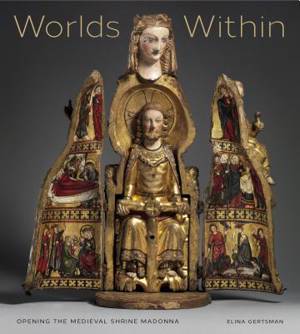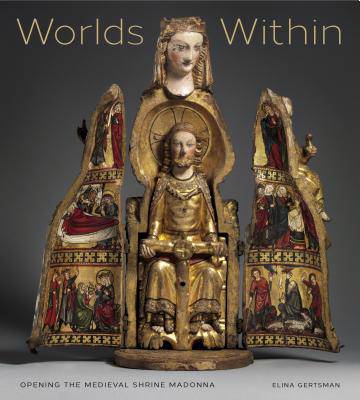
- Retrait gratuit dans votre magasin Club
- 7.000.000 titres dans notre catalogue
- Payer en toute sécurité
- Toujours un magasin près de chez vous
- Retrait gratuit dans votre magasin Club
- 7.000.0000 titres dans notre catalogue
- Payer en toute sécurité
- Toujours un magasin près de chez vous
Description
In Worlds Within, Elina Gertsman investigates the Shrine Madonnas, or Vierges ouvrantes--sculptures that conceal within their bodies complex carved and/or painted iconographies. The Shrine Madonna emerged in Europe at the end of the 1200s and reached a peak of popularity during the following three centuries. Gertsman argues that the appearance of these objects--predicated as they are on the dynamic of concealment, revelation, and fragmentation--points to the changing roles of vision and sensation in the complex, performative ways in which audiences were expected to engage with devotional images, both in public and in private. Worlds Within considers these fascinating sculptures in terms of the rhetoric of secrecy, the discourse of containment, and the tropes of unveiling. Gertsman demonstrates how the statues were associated with the processes of seeing and memory-making and how they functioned as instruments of revelatory knowledge and spiritual reformation in the context of late medieval European culture.
Spécifications
Parties prenantes
- Auteur(s) :
- Editeur:
Contenu
- Nombre de pages :
- 288
- Langue:
- Anglais
Caractéristiques
- EAN:
- 9780271064017
- Date de parution :
- 09-04-15
- Format:
- Livre relié
- Format numérique:
- Genaaid
- Dimensions :
- 234 mm x 262 mm
- Poids :
- 1451 g

Les avis
Nous publions uniquement les avis qui respectent les conditions requises. Consultez nos conditions pour les avis.






